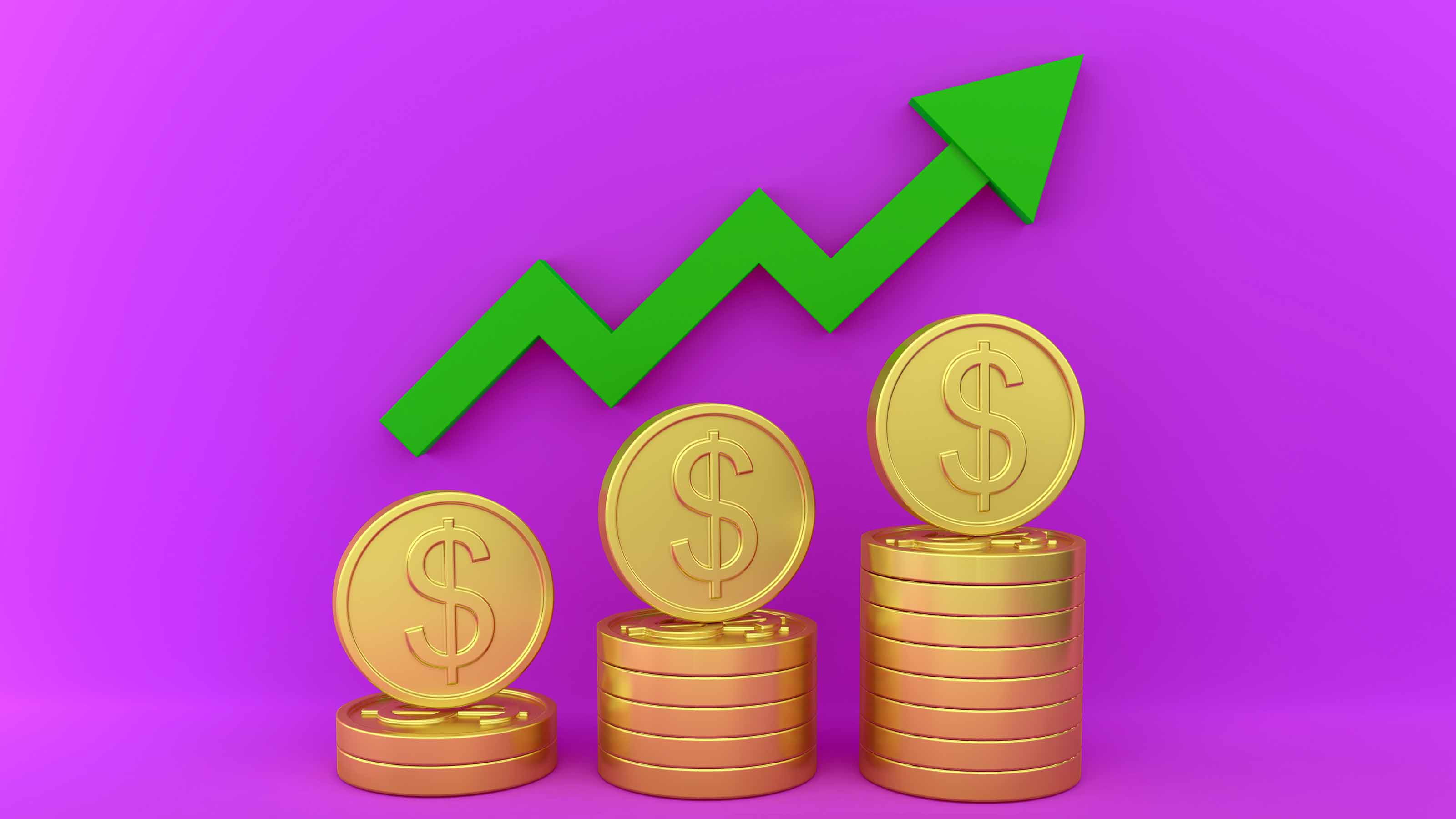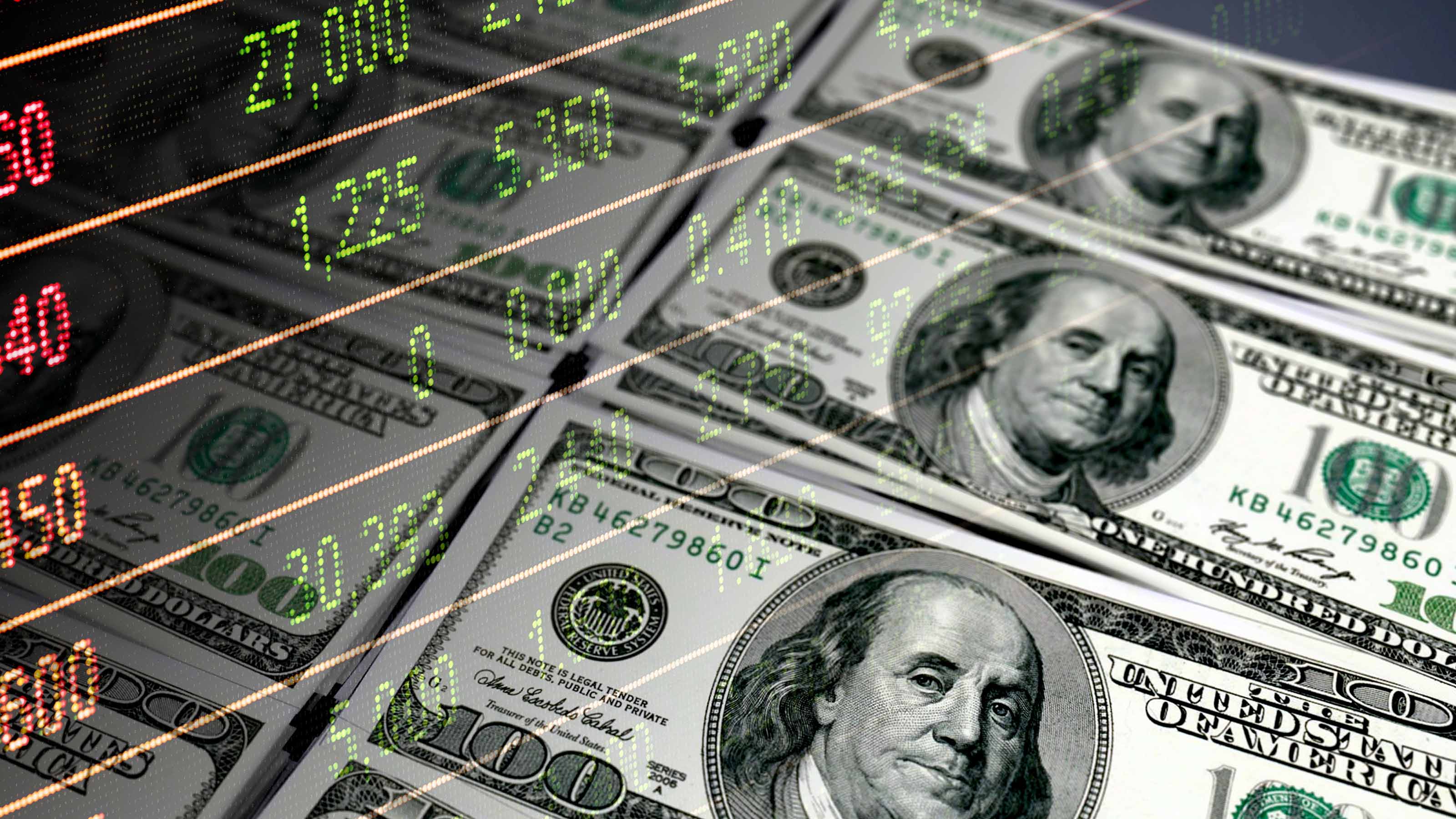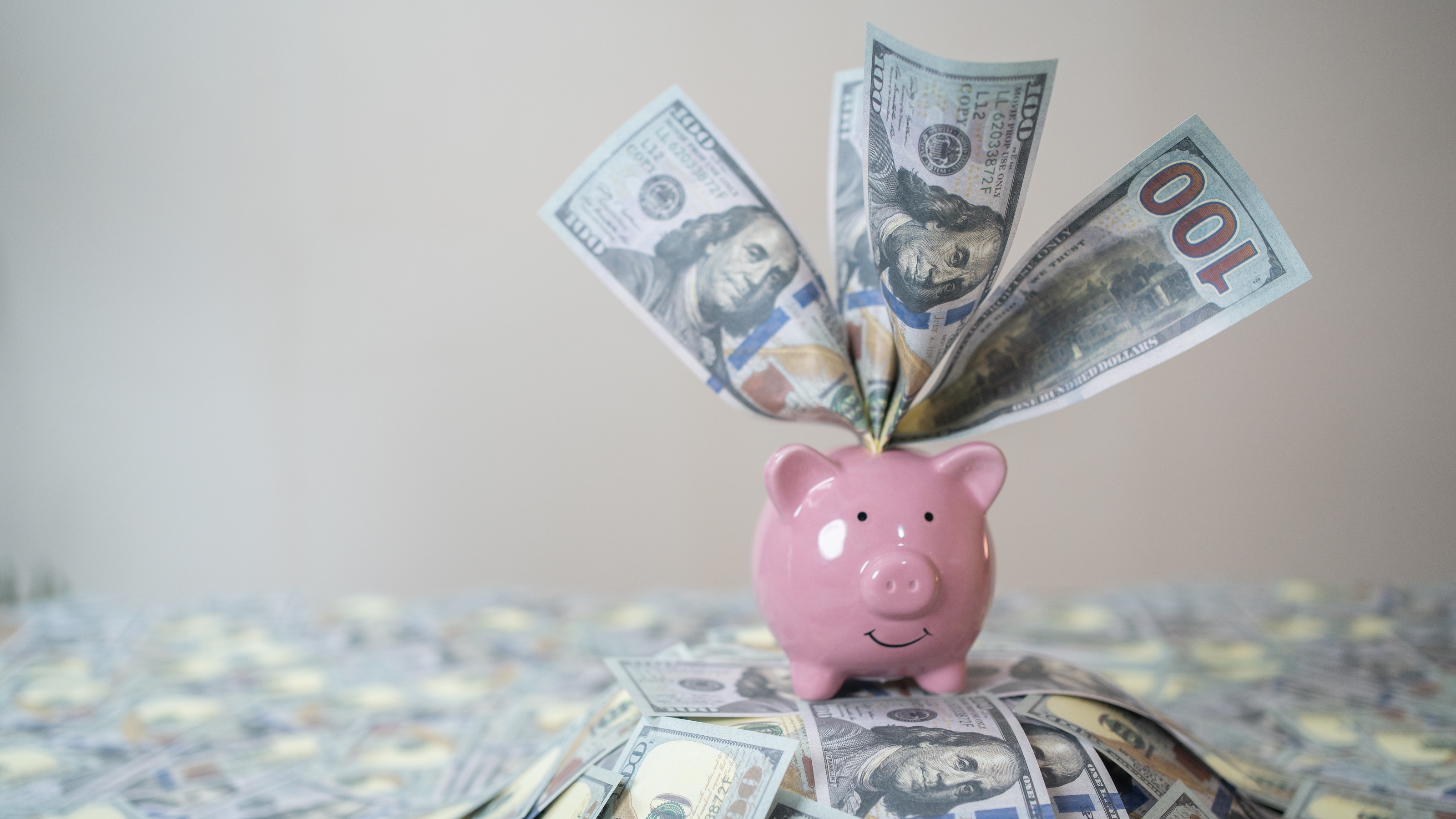The 5 Best BDC Stocks to Buy Now
The best BDC stocks are a small but sky-high-yielding industry that effectively act as private equity for the common investor.


Dividends allow investors to realize consistent cash returns and avoid the need to sell stocks at inopportune times – and few areas of the market produce higher dividends than the best BDC stocks.
BDCs, or business development companies, are like private equity funds for the common investor, though they have some important differences.
Whereas private equity funds tend to be opaque, have long lockup periods and are restricted to high-net-worth and institutional investors, BDCs are publicly traded on the stock market, available to anyone with a brokerage account and are completely transparent.
BDCs make debt and equity investments primarily in "middle market" companies that are generally a little too big for bank financing but not quite big enough to go public via an initial public offering (IPO). They invest in the proverbial Main Street … or at least, this is as close to Main Street as Wall Street gets.
Like their cousins, real estate investment trusts (REITs), BDCs were created by Congress to encourage investment in the real economy, and both benefit from preferential tax treatment, paying no income tax at the corporate level so long as they pay out at least 90% of their net income as dividends.
This is why BDCs and REITs generally are some of the best dividend stocks for high yields. They're legally mandated to pay out nearly every red cent, and the absence of taxes makes more cash available to pay.
Data is as of February 10. Dividend yields are calculated by annualizing the most recent payout and dividing by the share price.

Main Street Capital
- Market value: $5.3 billion
- Dividend yield: 4.9%
If BDC stocks are the proverbial Main Street, then let's start with Main Street Capital (MAIN, $60.57).
Main Street is generally considered to be one of the best-managed BDCs in the space and a true blue-chip operator. What's more, it's a monthly dividend stock.
Main Street provides debt and equity financing to middle market companies that are too large for a bank loan but not quite large enough to execute an IPO. The asset manager targets companies with annual revenue between $10 million and $150 million.
Remember: Business development companies are required to pay out at least 90% of their earnings as dividends. But BDC earnings can be cyclical. So, whenever earnings take even a short-term hit, many BDCs are put in the unfortunate position of having to choose between funding the dividend with debt or cutting it.
Well, Main Street avoids that problem by keeping its regular dividend fairly modest and topping it off with special dividends, usually twice per year. In particularly good years, the "bonus" special dividends might be a little fatter than usual, and in bad years they might get trimmed back.
At current prices, Main Street yields nearly 5% based on its regular monthly dividend… a payout that it's hiked twice in the last year, by the way!
Main Street paid a supplemental dividend of 30 cents per share in March, June, September and December.
These extra payouts combine to boost Main Street's regular dividend yield for a total payout over the trailing 12 months that's closer to 6.8%.

Blue Owl Capital
- Market value: $5.8 billion
- Dividend yield: 9.8%
Blue Owl Capital (OBDC, $15.07) is a relative newcomer among BDC stocks, having started trading in 2019.
The company, which was previously called Owl Rock Capital and traded under the ticker "ORCC," survived and thrived during those chaotic first years and continues to deliver a steady stream of dividends to its investors that adds up to a nearly 10% yield at current levels.
Like many of the BDCs covered here, Blue Owl follows a sensible policy of keeping its regular quarterly dividend comparatively modest and topping it up with special dividends as cash flows allow.
Over the past three quarters, the company has paid out an additional 19 cents per share in special dividends, adding about 1% more in additional yield based on current levels.
Also like most BDCs, Blue Owl Capital tends to focus on middle market companies. Its typical portfolio company boasts annual EBITDA (earnings before interest, taxes, depreciation and amortization) from $10 million to $250 million.
Meanwhile, 75% of its portfolio consists of first-lien loans, with another 6% in second-lien loans. Fully 97% of its debt investments are floating rate.
The BDC is also very well diversified. Its top 10 positions account for roughly a fifth of its total portfolio. Software is its largest industry exposure, at 11% of the portfolio, followed by insurance and food and beverage at 9% and 8%, respectively.

TriplePoint Venture Growth BDC
- Market value: $311.6 million
- Dividend yield: 15.5%
TriplePoint Venture Growth BDC Corp (TPVG, $7.78) is the smallest of the BDC stocks featured here, with a market cap of just $312 million.
You should consider TPVG to be more speculative. Still, its 15.5% dividend yield and emphasis on growth make the BDC worthy of consideration.
TriplePoint provides debt and equity financing to venture growth-stage companies in technology and other high-growth industries. By the time a company is on TriplePoint's radar, it will generally have at least $20 million in revenues, a commanding market position, and is preparing for a liquidity event like an IPO.
And this isn't hypothetical. Its past successes have included household names like YouTube, Facebook, Square, Beyond Meat (BYND) and Chegg (CHGG).
Meanwhile, 86% of TriplePoint's portfolio is invested in debt instruments, and of this figure, 64% are in floating-rate instruments.
TPGV pays a strong and growing regular dividend. But it also tops up this regular payout with special dividends when it has excess liquidity.

Ares Capital
- Market value: $15.4 billion
- Dividend yield: 8.5%
Ares Capital (ARCC, $22.87) is the world's largest BDC by market capitalization, with a value of $15 billion.
It also happens to be one of the most conservatively allocated; as of June 30, 50% of its portfolio was invested in first-lien loans, with another 12% in second-lien loans. Only 29% or so is allocated to equity.
In other words, when push comes to shove, Ares is generally first in line to get paid, or awfully close to it.
ARCC is also very well diversified by sector. Software makes up 24% of the portfolio, with healthcare and professional services making up 13% and 11%, respectively. No other sector accounts for more than 7%.
Ares Capital has been aggressively raising its regular quarterly dividend since 2021, hiking it by 20% since June of that year. And ARCC has also been known to supplement its payouts with special dividends.
The company's juicy 8.5% yield is excellent for one of Wall Street's best BDC stocks, especially one with such a conservative profile.

Hercules Capital
- Market value: $3.4 billion
- Dividend yield: 9.0%
For a different, slightly more aggressive take on BDC stocks, consider Hercules Capital (HTGC, $20.64).
As we covered earlier, BDCs can generally be thought of as publicly traded private equity companies. Hercules is different, however. It operates more like a venture capital firm.
This might sound like a distinction without a difference, and the two terms often get lumped together, but private equity and venture capital are very different asset classes. Private equity covers primarily established companies with relatively long track records. Venture capital tends to be the domain of startups.
Of course, focusing on newer companies is potentially a lot more exciting (and lucrative). But it's also generally going to be riskier than private equity.
Hercules Capital is the largest BDC in the world that is focused primarily on venture lending. And as you might expect in this space, its biggest focuses are in technology, healthcare, software as a service and renewable energy.
Nearly all of HTGC's portfolio is invested in debt investments, and the vast majority of those debt investments are floating-rate instruments.
Like most of the other BDC stocks featured here, Hercules keeps its quarterly dividend relatively conservative and tops it up with supplemental dividends as cash flows allows.
Related content
Get Kiplinger Today newsletter — free
Profit and prosper with the best of Kiplinger's advice on investing, taxes, retirement, personal finance and much more. Delivered daily. Enter your email in the box and click Sign Me Up.

Charles Lewis Sizemore, CFA is the Chief Investment Officer of Sizemore Capital Management LLC, a registered investment advisor based in Dallas, Texas, where he specializes in dividend-focused portfolios and in building alternative allocations with minimal correlation to the stock market.
-
 5 Easy Weatherproofing Projects That Help Prevent Damage and Save on Insurance
5 Easy Weatherproofing Projects That Help Prevent Damage and Save on InsuranceProtect your home from storms and water damage with these simple weatherproofing upgrades — some may help reduce your home insurance premium.
By Paige Cerulli
-
 If Trump Fires Jerome Powell, What Happens To Savings and Mortgage Rates?
If Trump Fires Jerome Powell, What Happens To Savings and Mortgage Rates?President Donald Trump expressed his desire to remove Fed Chair Jerome Powell. If the president is successful, how would it impact your savings accounts?
By Sean Jackson
-
 What Happens To Mortgage and Savings Rates If Trump Fires Jerome Powell?
What Happens To Mortgage and Savings Rates If Trump Fires Jerome Powell?President Donald Trump expressed his desire to remove Fed Chair Jerome Powell. If the president is successful, how would it impact your savings accounts?
By Sean Jackson
-
 Why You Need a Trusted Contact for Your Brokerage
Why You Need a Trusted Contact for Your BrokerageYour brokerage or bank needs someone to reach out to if it's concerned you're experiencing fraud or cognitive decline. That's where a trusted contact can help.
By John Waggoner
-
 Four Takeaways From Filing Your Taxes to Boost Your Financial Future
Four Takeaways From Filing Your Taxes to Boost Your Financial FutureNow that another tax season is in the rearview mirror for most of us, what lessons can you take from what you learned about your finances to plan for the future?
By Kate Winget
-
 What Claims Adjusters Are Thinking vs What They're Saying
What Claims Adjusters Are Thinking vs What They're SayingAfter a natural disaster, few of us are at our best, but here's what to keep in mind when you're interacting with your insurance company's claims adjuster.
By Karl Susman, CPCU, LUTCF, CIC, CSFP, CFS, CPIA, AAI-M, PLCS
-
 Looking to Make a Job Change? How to Stand Out Like a Pro
Looking to Make a Job Change? How to Stand Out Like a ProTo make a strong first impression in interviews or when networking, skip your job title and work history and use an opening gambit that highlights your talents.
By Anne deBruin Sample, CEO
-
 Stock Market Today: No 'Powell Put'? No Problem
Stock Market Today: No 'Powell Put'? No ProblemInvestors, traders and speculators look beyond both another Trump post and more signs of slowing economic activity.
By David Dittman
-
 First 100 Days: Trump's Impact on Your Finances
First 100 Days: Trump's Impact on Your FinancesHere are some opportunities to consider regarding investing, interest rates and tax cuts as the financial landscape shifts under the new administration.
By Daniel Razvi, Esquire
-
 What Would Happen if You Put Your Tax Refund in an IRA?
What Would Happen if You Put Your Tax Refund in an IRA?Not only could you get a tax break, but the compounding effect over 35 years could turn the average refund into nearly $14,000.
By Romi Savova
